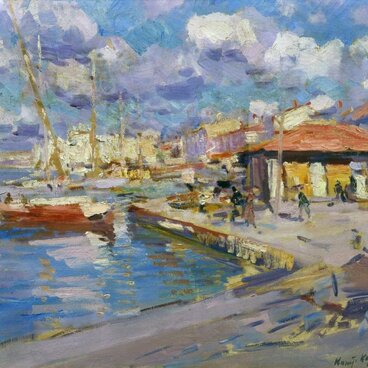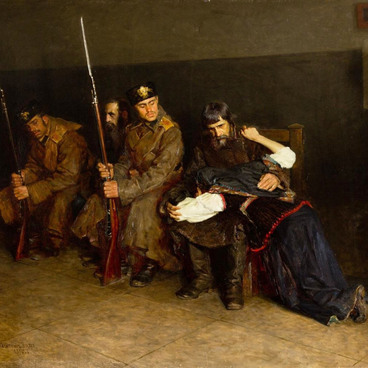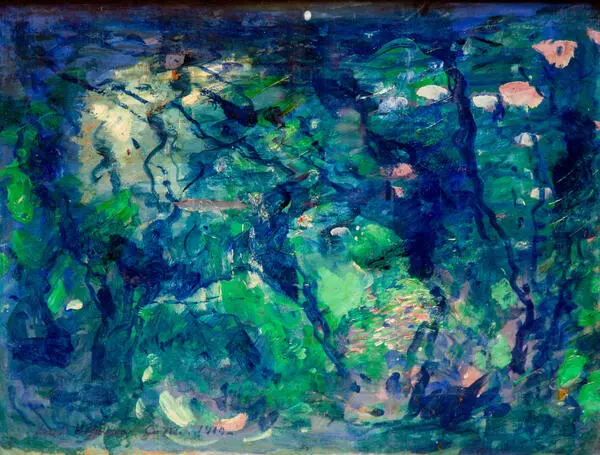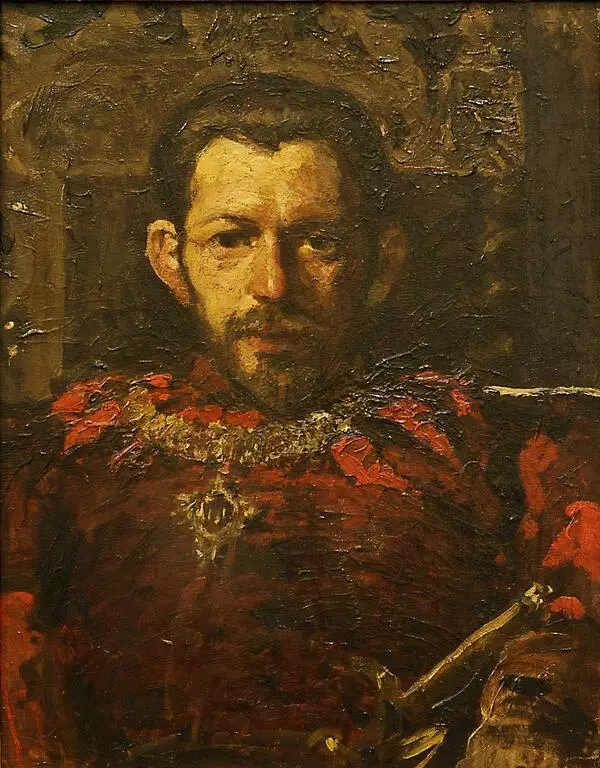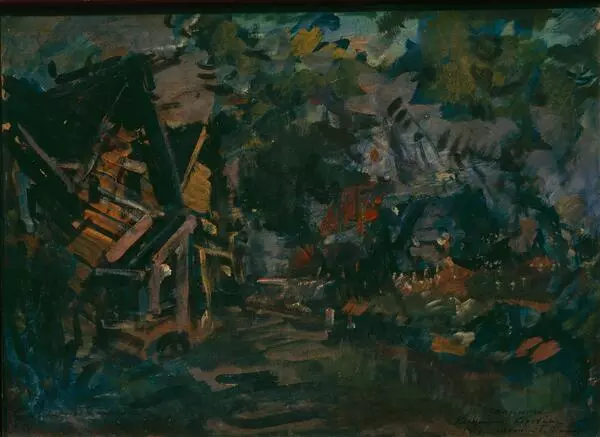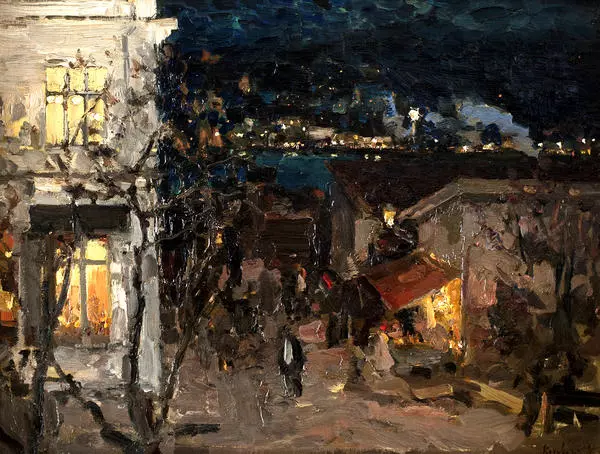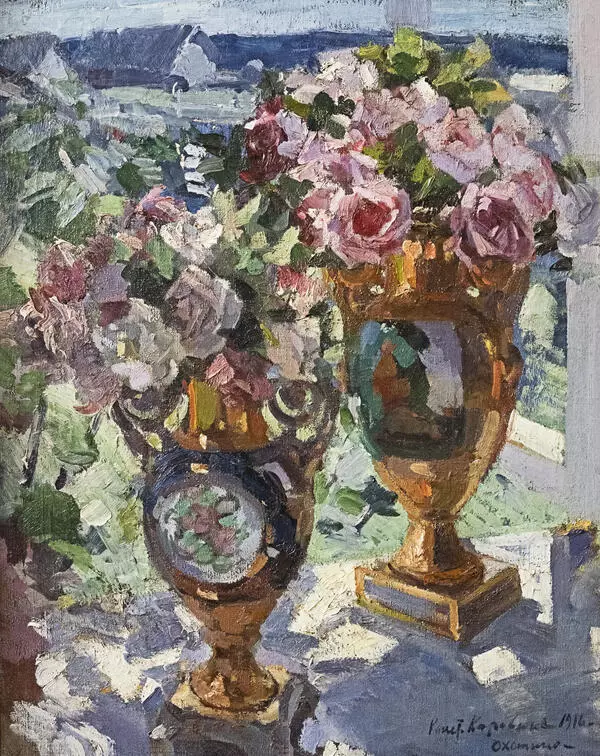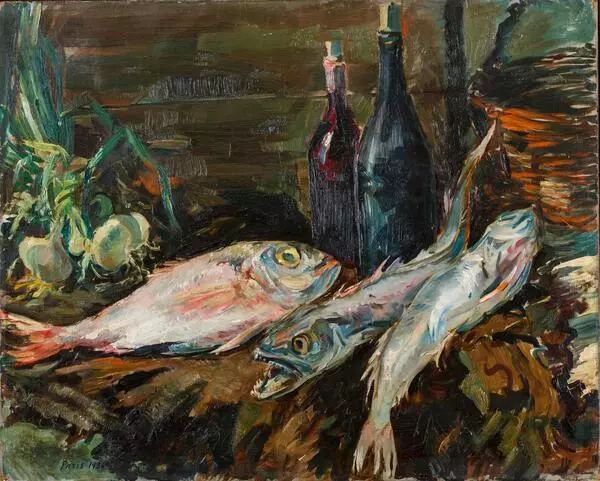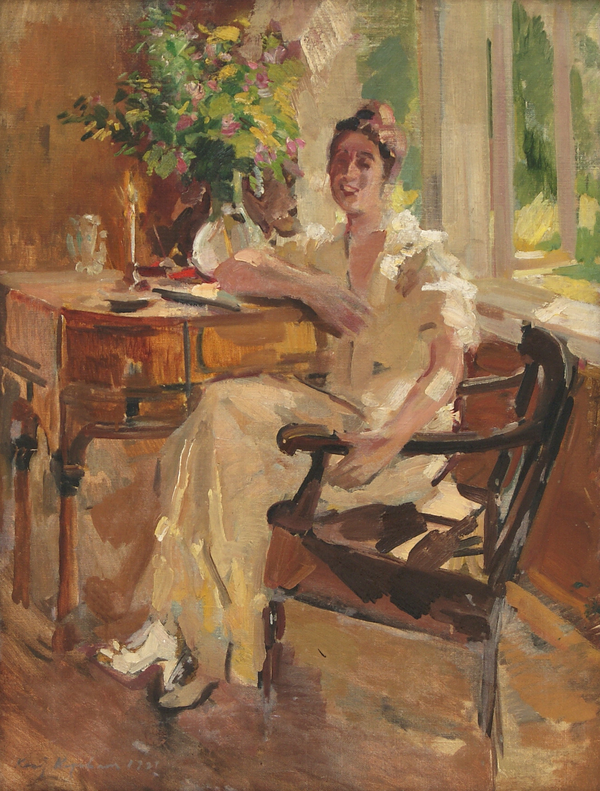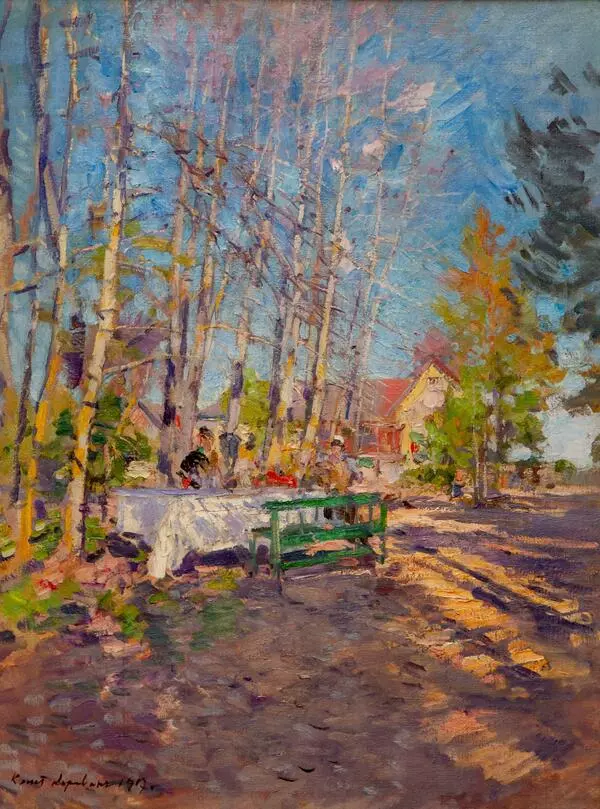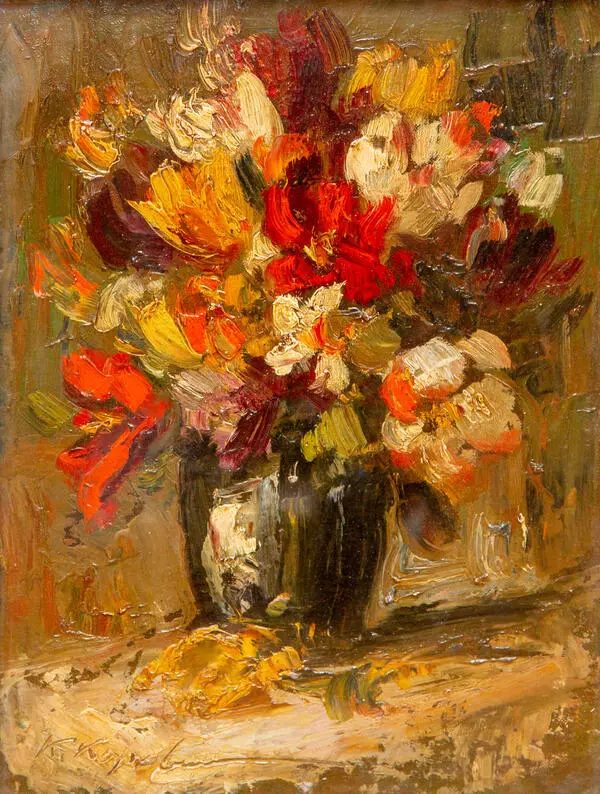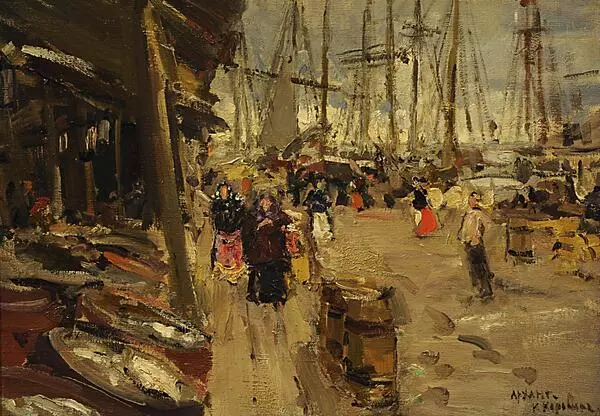The painting “On the Black Sea Coast” was created in the early 1900s and can be rightfully considered a statement of style for the early works by Konstantin Alexeevich Korovin. Here his plein air technique is further developed, reaching a brightened, finely nuanced color palette free of black shadows, as well as immediacy in the vision and depiction of nature. This strict-format, compositionally complete work has neither the bias typical for the Itinerants nor the superficial prettiness of academic art. Here, one can see a peculiar “response” in the spirit of a novel, mostly emotional, artistic perception of reality, as well as the desire to convey, first and foremost, the sentiment, which would harmonize the state of people and the surrounding landscape.
Konstantin Korovin abandoned a motif, “shortened” the narrative, and waived of using any specific plot (even though all of that could have made the picture more engaging). Instead, he just captured what, as if by chance, appeared in his field of vision. A woman is sitting alone and pensive on the seashore, and nature, in harmony with her condition, lets her feelings flow. The fastidious precision and elegance of the brush stroke are combined with a minimalist color palette for a poignant embodiment of the lady’s lyrical nature. The painting is exquisite and restrained, with half-tones prevailing, as if summarizing the pursuit of plein air impressions sought for at the time. The female image and the “subtle music” of the woman’s mood are conveyed in a gentle and unobtrusive manner.
The collection of the art museum in Silkeborg features
a study dated 1916, repeating the composition of the work from the Sevastopol
Museum, but much smaller in size and slightly different in color (previously
kept in the collection of Hermod Lannung). However, when looking at this study,
one gets the impression that it was created (or finalized) later than the
painting, as it differs in coloring and is painted in a different, looser,
impressionistic manner. According to the renowned art historian Alexander
Georgievich Romm, in the pre-revolutionary years, the painting “On the Black
Sea Coast” was a jewel in the collection of the famous Moscow collector of
modern art Isadzhan Stepanovich Isadzhanov.

